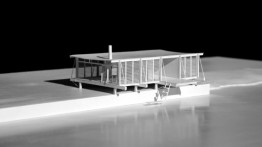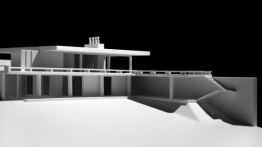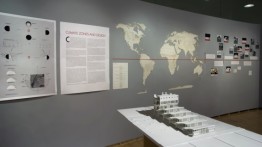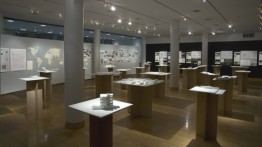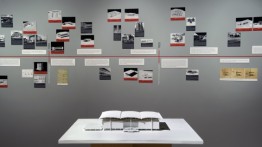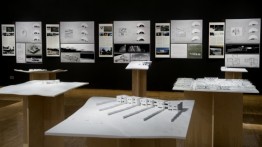Lessons from Modernism
Tue, Jan 29, 2013 12am - Sat, Mar 23, 2013 12am
LESSONS FROM MODERNISM
Environmental Design Considerations in 20th Century Architecture, 1925 - 1970
Now extended to March 23! Lessons From Modernism examines selected works of architecture completed between 1925-70 through the lens of sustainability. This analysis of the use of environmental strategies — long before they were commonly used in 21st century buildings — opens at The Cooper Union’s Arthur A. Houghton Jr. Gallery on January 29th (reception at 6:30PM).
Through an analysis of the influence of nature and the environment in architectural design, Lessons From Modernism provides new insights into works achieved by a diverse selection of architects, including Le Corbusier, Paul Rudolph, Jean Prouvé and Oscar Niemeyer. The exhibition demonstrates how these architects integrated environmental concerns into their designs and explores the extent to which these practices have produced environmentally performative and distinctive architecture.
The 25 examples shown in the exhibition were extensively researched and documented by a team of Cooper Union students, faculty and alumni. These buildings demonstrate the importance of the aesthetic of clarity and utility that characterizes 20th century modern architecture. This aesthetic, or really, these values, inform the contemporary green building movement today.
The show also features:
- Solutions to the challenges of particular climates: cool northern zones, hot arid zones and tropical and subtropical zones
- Analytical drawings illustrating the sustainable design issues evidenced within each project
- A timeline illustrating the evolving global environmental consciousness
- 25 three dimensional architectural models made specifically for the exhibition
This exhibition, presented by The Irwin S. Chanin School of Architecture and The Cooper Union Institute for Sustainable Design, was made possible by generous support from the Stavros Niarchos Foundation. It is free and open to the public.
In conjunction with the exhibition, award-winning British architect Sara Wigglesworth will give the 2013 Eleanore Pettersen lecture at Cooper Union, discussing principles of design excellence and ecological innovation. The lecture, “Current Work,” is co-sponsored by the Architectural League of New York in the Great Hall on Thursday, February 28, 2013 (7PM).
January 29 - March 23, 2013 (extended!)
Gallery Hours: Tuesday - Saturday, 12-7pm
(Closed Sunday and Monday)
Located in the Arthur A. Houghton Jr. Gallery, 7 East 7th Street, 2nd Floor, between Third and Fourth Avenues



